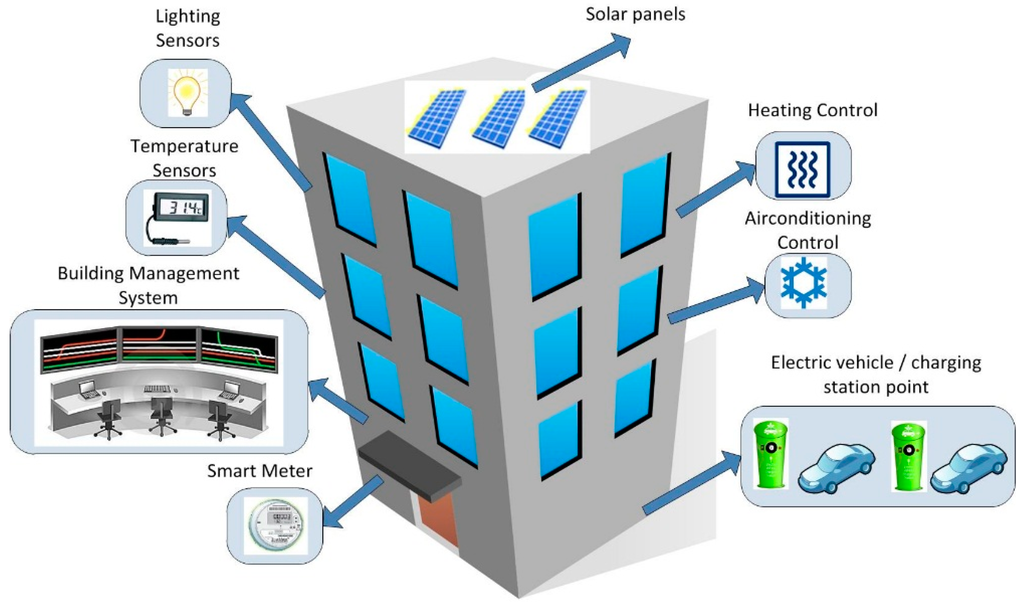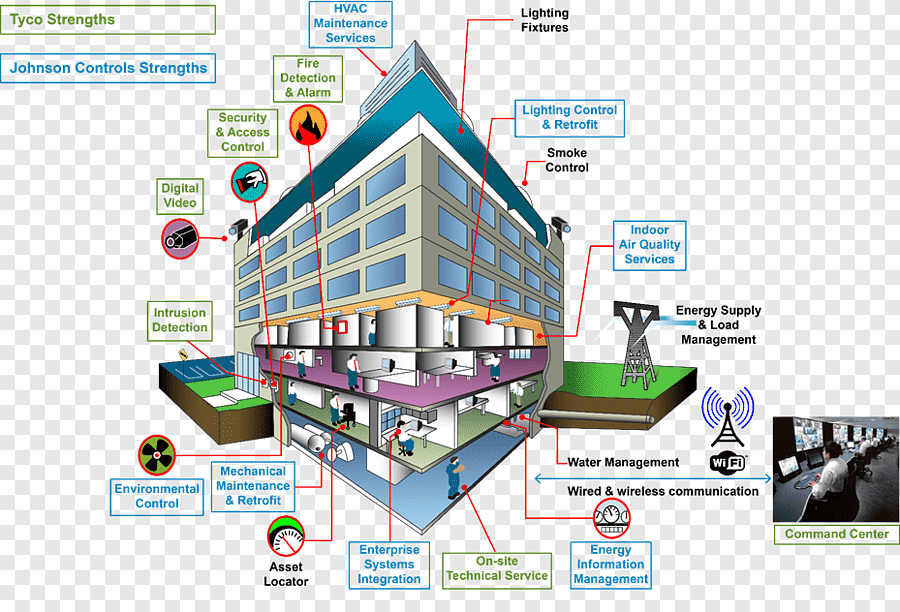In an age where energy efficiency is paramount, commercial building managers are seeking ways to reduce energy consumption and costs. Building automation systems (BAS) are revolutionizing energy management strategies, optimizing HVAC systems, lighting, ventilation, and more. In this guide, we’ll explore how building automation enhances energy efficiency and helps in controlling energy expenditures, highlighting the latest technologies and methods to make smart, energy-saving decisions.

The Rise of Building Automation System
Building automation systems (BAS), also known as Building Management Systems (BMS), provide real-time control over a building’s existing electrical and mechanical operations. By using sensors and controls, including wireless technology, BAS offers granular control over energy usage and HVAC systems, improving energy efficiency and reducing utility costs.

Integrating Energy Management Systems (EMS) with Building Automation
Combining EMS with BAS provides comprehensive control over energy consumption. By employing computer-based systems, analytics, and IoT-based controls, these two systems work in synergy to optimize energy demand, reduce energy consumption, and improve overall energy efficiency in any type of building.
Energy Efficiency Through HVAC and Ventilation Control
HVAC systems play a vital role in energy management within commercial buildings. By automating control sequences, employing real-time data from sensors, and using IoT-based controls, energy cost savings can be achieved. Optimization of HVAC equipment and ventilation ensures occupant comfort while achieving potential energy savings.
Modern Building Technologies and Interoperability
Modern building management tools, such as occupancy sensors, demand response systems, and energy-efficient lighting and HVAC systems, enable a higher level of interoperability. This integration empowers building managers to make smart decisions, reduce cost, and ensure energy-efficient operations.
Real-time Monitoring and Analytics
Real-time analytics and granular control through wireless systems like IoT provide insights into total energy consumption and individual devices like thermostat and damper controls. These insights enable the optimization of loads within the building, peak load management, and the efficient control of building operations.
Retrofitting and New Construction Considerations
For existing building’s retrofitting with BAS and EMS, or implementing these systems in new construction, a careful analysis of ROI and capital investment is essential. Strategies must include benchmarking, control building through sensors, and considering the building’s specific needs to achieve energy cost savings and occupant comfort.
Conclusion
Building automation and energy management systems are transforming commercial building operations. From HVAC system optimization to real-time monitoring and control, these technologies enable substantial energy savings, cost reductions, and improvements in air quality. Embracing these innovations is vital for modern building managers aiming to reduce energy usage, increase efficiency, and make a sustainable impact.




